READY TO GET STARTED?
REQUEST A FREE ESTIMATE
Fill out the form below or call (888) 466-7849 for a free, no-obligation estimate.
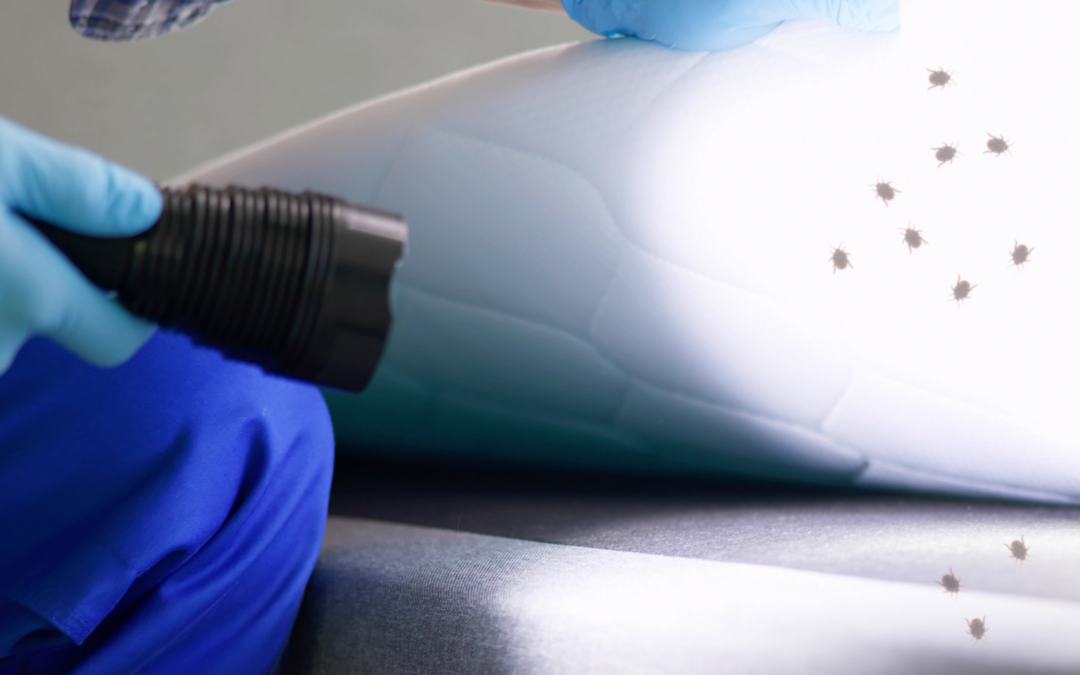
Bed bugs are a nightmare for homeowners, and their persistence requires thorough preparation before a bed bug treatment can be successful. These tiny pests can cause discomfort, disrupt sleep, and be notoriously difficult to eliminate. Knowing how to prepare for a professional bed bug treatment is essential to ensure these pests are eradicated from your home.
One of the first steps in addressing a potential bed bug problem is recognizing the signs of an infestation. These elusive pests are skilled at hiding, so you need to be vigilant. Here’s how to tell if you have bed bugs:
If you notice these signs, contacting a pest control company experienced in bed bug control is crucial to address the issue promptly.
Bed bugs are experts at hiding in small, dark spaces. They tend to stay close to their food source—humans—but can scatter throughout a home over time. Common hiding spots include:
Understanding these hiding places helps you prepare your home and target the infestation effectively.
Several treatment options are available for eradicating bed bugs, and the choice depends on the severity of the infestation. Here are the most common methods:
Heat treatment is one of the most effective methods to remove bed bugs. This involves raising the temperature of the affected area to levels lethal to bed bugs and their eggs, usually above 120°F. Heat treatment penetrates deep into furniture, walls, and other hard-to-reach areas.
Chemical treatments involve applying specialized insecticides to kill bed bugs. A pest control company will typically use a combination of sprays, dusts, and liquids to treat infested areas.
High-temperature steam can kill bed bugs on contact. This method is particularly effective for treating mattresses, furniture, and small cracks.
Mattress and box spring encasements trap bed bugs inside, preventing them from escaping and feeding. Sticky traps and interceptor cups can also help monitor and reduce bed bug populations.
Preparation is critical to ensuring the success of a bed bug treatment. Follow these steps to get your home ready:
Remove items like clothing, bedding, and personal belongings from infested areas. Keep clutter to a minimum to give pest control professionals easy access to treatment zones.
Vacuum carpets, rugs, furniture, and mattresses to remove as many bed bugs as possible. Pay extra attention to cracks, crevices, and seams. Dispose of the vacuum bag in a sealed plastic bag outside your home.
Separate heavily infested items that may need to be discarded. Consult your pest control professional to determine whether they can be treated or should be replaced.
Bed bugs can hide in cracks along baseboards and behind furniture. Move furniture at least two feet away from the walls to allow for thorough treatment.
Disassemble bed frames, remove drawers from dressers, and open up sofas to expose all possible hiding spots.
During treatment, keep pets in a safe area away from the treated zones. Remove houseplants as they might be affected by the chemicals or heat.
Provide details about the areas where bed bugs have been spotted and discuss any special considerations. Professional bed bug control companies can offer guidance on additional steps based on their treatment method.
After treatment, avoid bringing infested items back into your home. Inspect luggage, second-hand furniture, and clothing thoroughly before introducing them into your living space.
While DIY approaches might seem appealing, bed bug infestations are challenging to handle without professional help. A licensed pest control company has the tools, expertise, and treatments to eradicate bed bugs effectively and safely. They can identify the extent of the infestation, recommend the best treatment option, and help you implement prevention strategies to keep your home pest-free.
Once your home has been treated, taking preventive measures is crucial to avoid future infestations:
Preparing for a bed bug treatment is an essential step in effectively combating these persistent pests. By recognizing the signs of a bed bug infestation, understanding their hiding places, and following preparation guidelines, you can ensure the success of the treatment. Partnering with a professional pest control company in Georgia will give you peace of mind and help you treat your home with expert precision.
If you suspect bed bugs in your home, don’t wait—contact a trusted pest control company today to schedule a thorough inspection and treatment. With the right approach, you can reclaim your home and enjoy a bed bug-free environment.
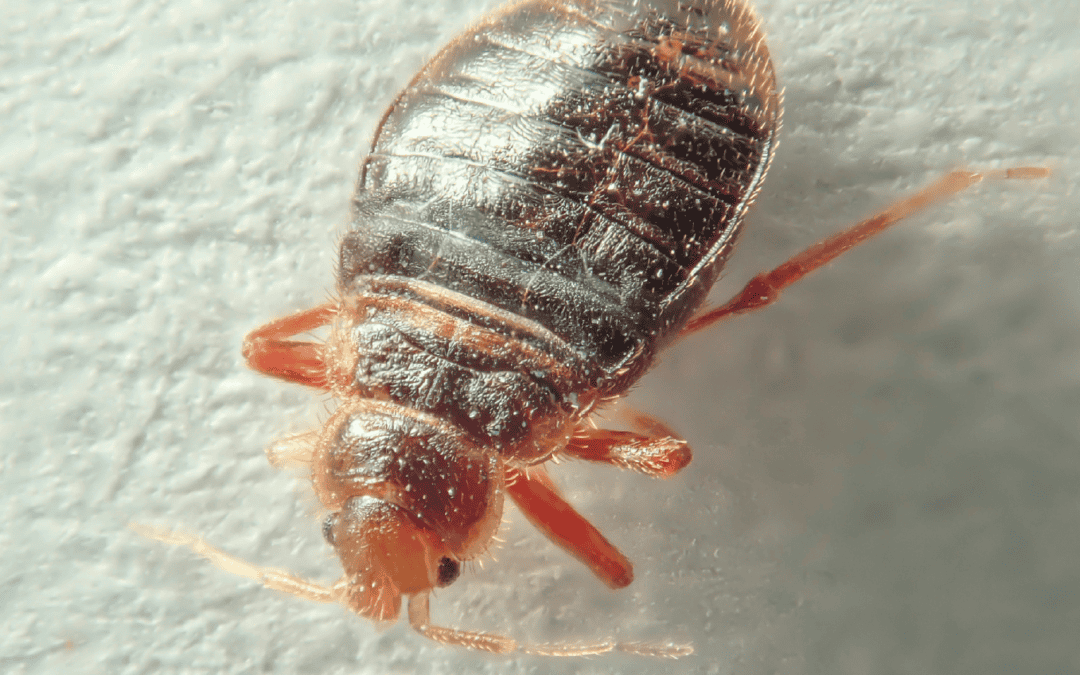
Bed bugs are a common nuisance in Georgia, affecting homes, hotels, and even public transportation. As a leading pest control company, we understand the frustration and discomfort these pests can cause. In this blog, we will explore effective bed bug treatment solutions, how to identify signs of bed bugs, recognize bed bug bites, and understand the various types of treatments available.
Before diving into treatment methods, it’s crucial to confirm if you have a bed bug infestation. Here are some key signs to look for:
Bed bug bites can be mistaken for other insect bites or skin conditions. Here’s how to differentiate them:
If you suspect bed bug bites, it’s essential to inspect your sleeping area for other signs of infestation.
Effective bed bug treatment requires a comprehensive approach. Here are some common methods:
When dealing with a bed bug infestation, it’s crucial to treat your home thoroughly. Here are steps to follow:
Once you’ve treated your home, preventing future infestations is key:
Dealing with a bed bug infestation can be stressful, but with the right approach, you can effectively eliminate these pests and prevent future problems. Understanding how to identify signs of bed bugs and recognizing bed bug bites are the first steps. Exploring various treatment methods, from chemical treatments to high heat solutions, will help you find the best approach for your situation.
Remember, hiring a professional pest control company is often the most efficient way to handle bed bug control. We are equipped with the knowledge and tools to treat your home safely and effectively, ensuring you can sleep soundly once again.
If you suspect a bed bug infestation, don’t hesitate to contact us. Our expert team is here to provide you with the best bed bug treatment solutions and restore your peace of mind.
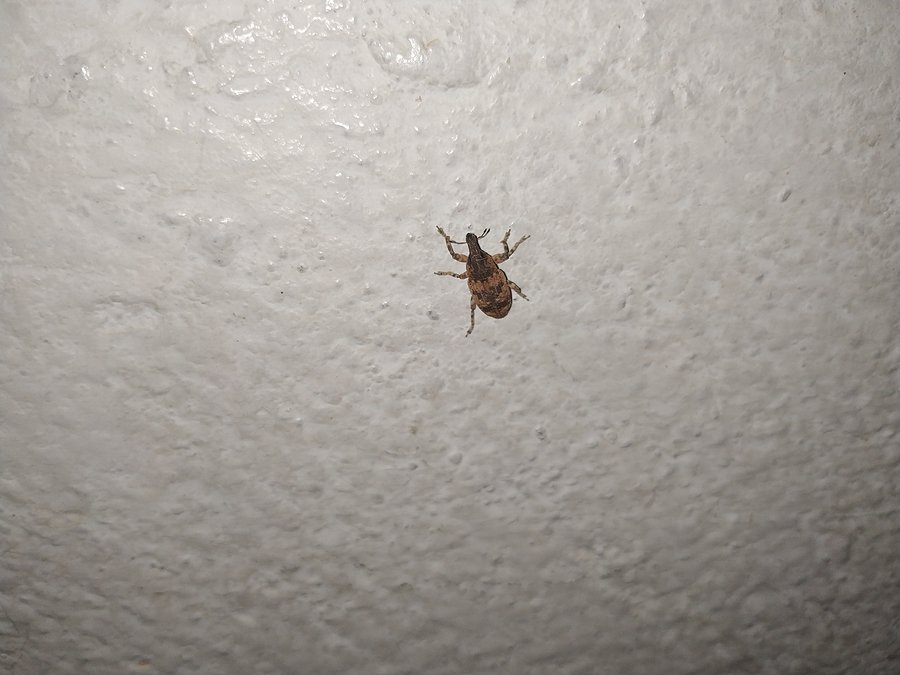
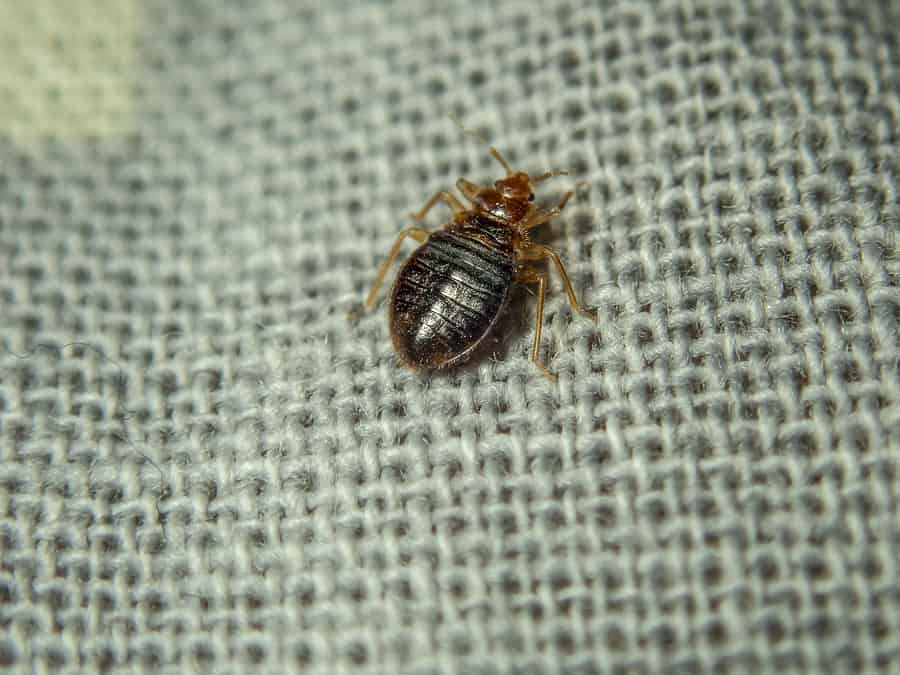
Our summer travels will soon end and the start of the school season begins for many families. As our travel season slows down, that doesn’t mean bed bug season will end anytime soon. Bed bugs are active year-round and they’re always looking for an opportunity to hitchhike into homes! It’s essential to know how bed bugs enter homes to help prevent and treat them before an infestation occurs.
Traveling season is the perfect time for bed bugs to make their way into your home. Bed bugs are notorious for latching on to bags, purses, luggage, and even wheelchairs. Before entering your home after travel, unpack your luggage outside instead of bringing it inside. Take all your clothes and wash them immediately, making sure to run them through a high-heat dryer cycle. The high heat helps to kill bed bugs as they cannot withstand high temperatures.
Before storing your suitcases, vacuum them out and leave them outside of your house. Consider storing them in outside places such as in a garage or storage closet. An alternative option is to seal suitcases in large plastic storage bags before bringing them in.
Another common, lesser-known way bed bugs can enter homes is through second-hand furniture that is already infested. Before purchasing, make sure to inspect used couches, mattresses, or box-springs for these pests.
If a bed bug infestation occurs, it can often require a very intense treatment to eliminate them. If you suspect that you have bed bugs, call your licensed pest control company as soon as possible. They will provide you with the best treatment plan and give recommendations to prevent future infestations.
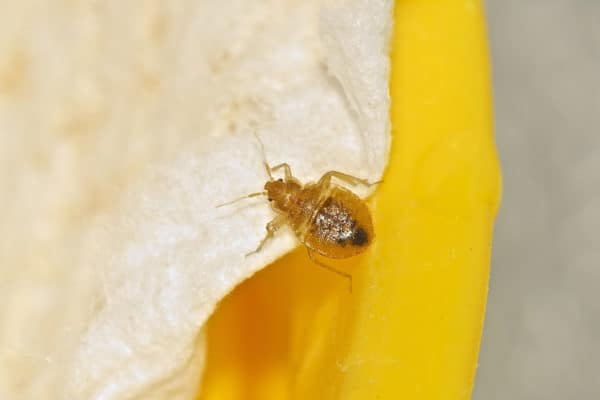
Bed bugs are an extremely difficult pest to get rid of. Is there a season that is worse for bed bugs than others? While there is no official bed bug season, a recent study published in the Journal of Medical Entomology shows a peak in bed bug activity in August and a low in February. Other studies have shown that peak season for bed bugs runs from June through October. Bed bugs appear more prevalent in warmer months likely due to an increase in travel and hotel visits during spring break and summer vacation, as well as college students moving into dorms at the beginning of the school year. More movement, more travel and more activity lead to an increased opportunity for bed bugs to hitch a ride on luggage, people and pets. This increase in travel also allows them the opportunity to spread very quickly, establishing new infestations practically overnight.
Bed bugs have been found in homes, college dorms, nursing homes, schools, hospitals, office buildings, hotels, daycares, hospitals, public transportation, and even planes.
Even though bed bug season appears to peak in the warmer months, they still remain active year round. That’s why it is important to be vigilant when traveling or hosting out of town visitors regardless of the time of year. Here are some tips to help prevent bed bugs from infesting your home.
If you suspect you have a bed bug infestation, contact a professional bed bug control company who can provide you with a thorough inspection and set you up with a comprehensive treatment and prevention plan going forward.
Stop Leaves at the Line of Scrimmage with Gutter Protection!
Are Termites Active In Fall and Winter?